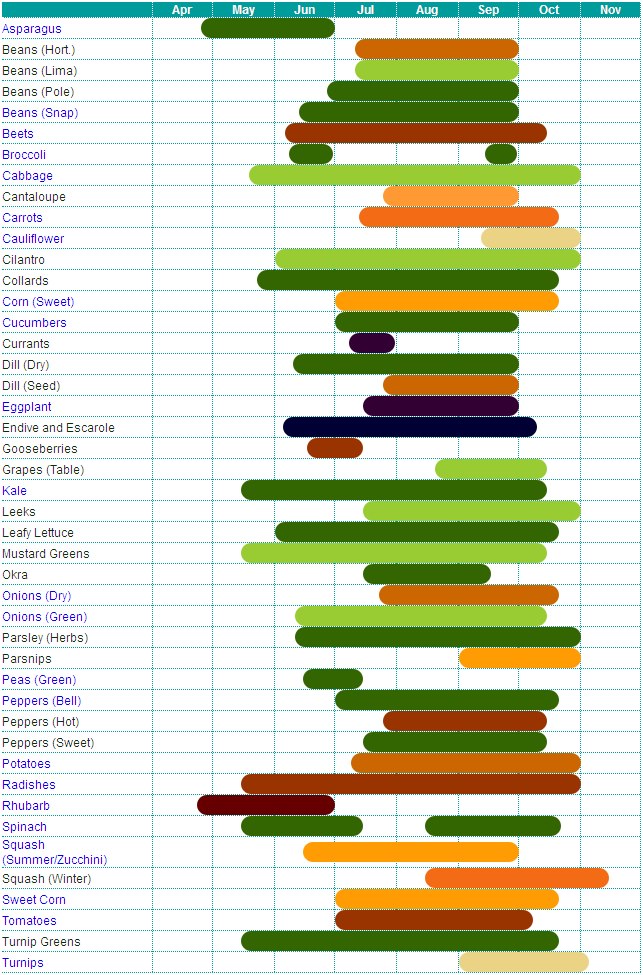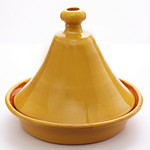Most restaurants have a set list of “standard” entrees that never change. Periodically they have “specials” or new items that showcase a seasonal ingredient or, as in most cases, provides the restaurant with the highest profit margins. Having a set of standard entrees for your home restaurant can make shopping and preparing much easier. However, even making ONE meal in a hectic weekly schedule will take a modest amount of dedicated planning to ensure the most enjoyable experience and most tasty outcome.
Choosing what to make
We’re flooded with food choices that we end up surrendering to the “same old stuff”. Which is why it is important to purposely limit your choices by the following:
- Cuisine – pick a part of the world and find recipes. If you need strange spices that you aren’t sure if you’d like, visit gourmet grocers like Whole Foods and head to the bulk spice section. You can buy as much or as little as you want.
- Seasonality – knowing what is in season locally can ensure the freshest ingredients and limits your choices.
- Dietary restrictions – vegetarians, vegans, or gluten intolerance will focus your choices.
- Complexity – are you one who needs very specific instructions or are completely fine with throwing stuff in a pot and seeing what happens?
When to make what
Start with the busiest day of the week first. This can be “left over night” or “crock pot night”or “heat up that chili we froze when we made a ton of it a couple weeks ago”. Investing in a good freezer and aiming to make dishes that can be easily frozen will help with these busy nights.
For less busy days, select dishes that can be assembled quickly on the stove rather the oven. Usually Asian dishes, many Middle Eastern entrees, and Indian curries can be all made with one pot. Seafood, like fresh fish, cook up quickly.
For days you have the most time, make dishes that require lots of slow simmering or baking. These dishes usually lend themselves to awesome freezing. Lasagna, enchiladas, chili, etc are perfect examples.
Prep as much as possible
In a restaurant, prep work is the most time consuming chore usually given to the recent culinary school grads. Chopping vegetables, cleaning up chunks of meat, making sauces, etc are all considered “prep”. Just like restaurants, you can prep as much as possible to make the actual “cooking” of your meals more like an assembly line. Here are great things to prep:
- Chopped veggies – works best for hearty veggies like carrots, potatoes, squashes, cabbage, broccoli, cauliflower. You can store these in zip top bags or plastic ware. It’s best to keep each veggie separated when you store. Storing bags of chopped onion or garlic isn’t recommended. The strong odors will stink up your fridge, and the onions will end up tasteless when you end up using them.
- Sauces – red or green enchilada sauce, marinades, stir fry sauces, pasta sauces – all can be made ahead of time, stored in the fridge in tight containers, even frozen and thawed to make a frozen/fresh hybrid meal.
- Side dishes – rice pilafs, couscous, pasta salad, steamed veggies, hummus, soups – all can be stored in the fridge or frozen.
Stock up on pantry essentials
As you start developing your standard home restaurant menu, you’ll begin to see patterns in the things you buy from the store. This comes in handy when stocking your pantry. In the Murthy kitchen, we go through tons of canned tomatoes, canned coconut milk, garbanzo and black beans, rice, and several other items. Whenever we’re at the store shopping for our weekly meals, we always pick up these essentials – especially if there’s a sale. No harm in buying more since they’ll last long and we know we use them. Many times a recipe online has caught our attention and we already had 90% of the ingredients in our pantry.




